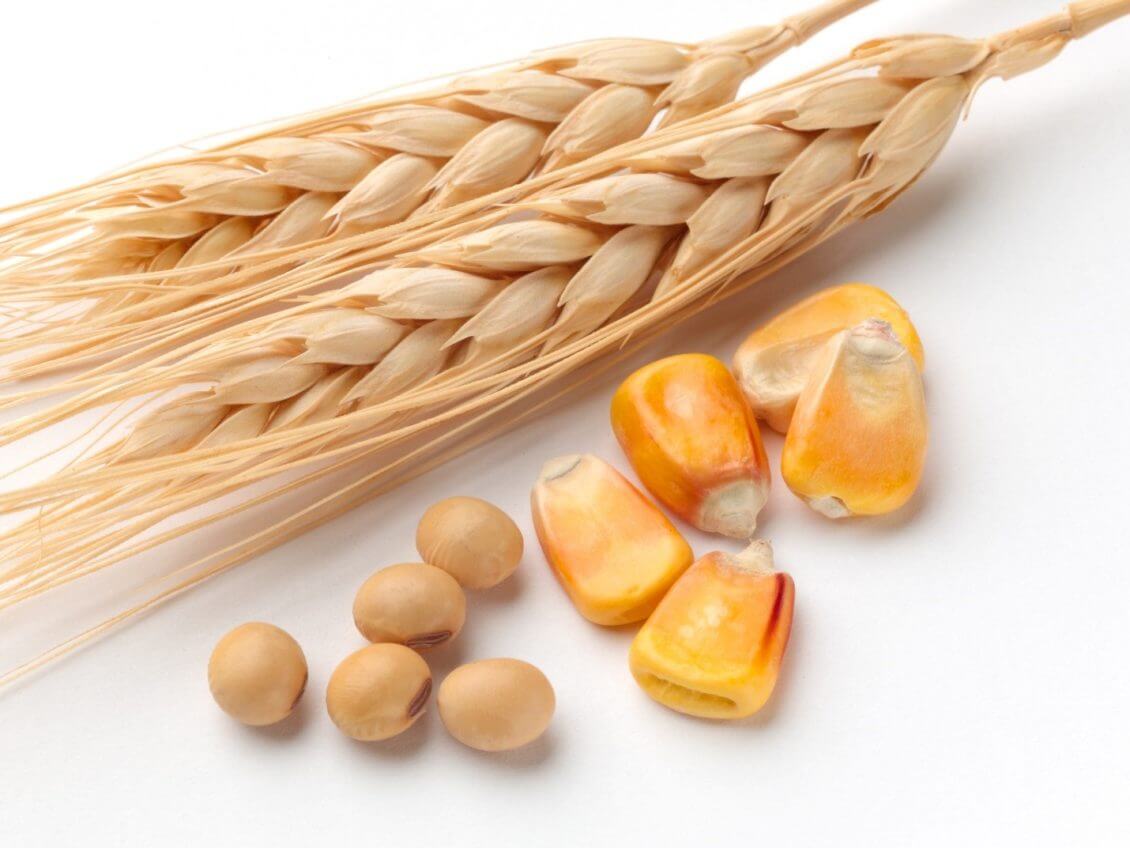On October 15, Thursday, Chicago wheat futures rallied to five-highs. Corn futures also gained a 14-month high while soybeans ended higher as exports continue.
Significantly, the most-active wheat contract on the Chicago Board of Trade added 21-1/2 cents to $6.18-1/4 per bushel. Which is the highest since December 29, 2014.
On the Chicago Board of Trade, corn increased by 6-1/4 cents. Additionally, it ended the session at $4.03-3/4 per bushel after hitting $4.04-1/4; it is highest since August 12, 2019. Meanwhile, soybeans grew 6 cents to $10.62-1/4 per bushel.
Argentina’s Rosario seeds exchange dropped its estimate of the South American country’s soon-to-be-harvested 2020/21 wheat product to 17 million tonnes, from 18 million previously, citing dryness and frosts.
At the close, the December corn futures finished 7¼¢ higher and traded at $4.03. March corn futures increased by 5½¢ higher and traded at $4.08.
November soybean futures closed 6¢ higher at $10.62¼. January soybean futures finished 4¾¢ higher at $10.62. Moreover, December wheat futures finished 21½¢ higher at $6.18¾.
Wheat became much more critical because of the Argentine cut
According to the president of Global Commodity Analyst, Mike Zuzolo, the wheat became that much more critical because of the Argentine cut. He added that they have a ration demand now because they don’t know how lousy supply will get hit, globally, when they go into dormancy.
Another essential thing to mention is that dryness in Russia’s wheat-producing regions added to emergence concerns in the drought-stricken U.S. plans, lifting CBOT wheat futures.
Significantly, China’s Dalian corn futures market grew to six-year highs on Wednesday, creating optimism that the country will resume U.S. corn purchases.
According to U.S. Commodities president, Don Roose, China can import corn and make a profit. He added that the country would need to raise tariffs first.
According to Kluis Advisors, the big corn export sale announcement on Wednesday morning gave the corn bulls just what they needed to push rates back toward the brick wall resistance of $4.
Kluis reported that Soybean traders are waiting for another series of daily export sales announcements to again ignite the bull camp. Moreover, the Greenback is testing the 20-day average resistance line this morning. A close over this line should open the door for the dollar to test the September highs.
Besides, Soybeans were supported by export demand from China. This occurred despite South America’s rain pressure that developed conditions for recently planted crops.
“They’re canceling each other out, with a bias to the upside,” stated Roose.
The USDA announced extra 261,000 tonnes of U.S. soybean sales to China on October 15, Thursday morning.











